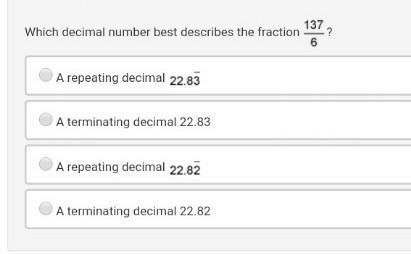
Mathematics, 11.02.2021 04:10 mcclendoncassandra
For the right triangles below, find the values of the side lengths a and c. Round your answers to the nearest tenth.


Answers: 2


Other questions on the subject: Mathematics

Mathematics, 21.06.2019 16:00, mncampbell01
Answer asap ! the shortest path from point a to point b goes through a pond. to avoid the pond, you must walk straight 34 meters along one edge of the pond, then take a 90 degree turn, and again walk straight 41 meters along another edge of the pond to reach point b. about how many meters would be saved if it were possible to walk through the pond? a. 11 m b. 20 m c. 30.45 m d. 21.73 m
Answers: 1


Mathematics, 21.06.2019 21:30, ladydeathanddea
Amira is painting a rectangular banner 2 1/4 yards wide. the banner will have a blue background. amira has enough paint to cover 1 1/2 square yards of the wall. the school colors are blue and yellow, so amira wants to add yellow rectangles on the left and right sides of the blue rectangle. the yellow rectangles will each be 3/4 yards wide and the same height as the blue rectangle. what will be the total area of the two yellow rectangles?
Answers: 3

Mathematics, 21.06.2019 21:30, gonzalezashley152
In a test for esp (extrasensory perception), the experimenter looks at cards that are hidden from the subject. each card contains either a star, a circle, a wave, a cross or a square.(five shapes) as the experimenter looks at each of 20 cards in turn, the subject names the shape on the card. when the esp study described above discovers a subject whose performance appears to be better than guessing, the study continues at greater length. the experimenter looks at many cards bearing one of five shapes (star, square, circle, wave, and cross) in an order determined by random numbers. the subject cannot see the experimenter as he looks at each card in turn, in order to avoid any possible nonverbal clues. the answers of a subject who does not have esp should be independent observations, each with probability 1/5 of success. we record 1000 attempts. which of the following assumptions must be met in order to solve this problem? it's reasonable to assume normality 0.8(1000), 0.2(1000)%30 approximately normal 0.8(1000), 0.2(1000)% 10 approximately normal srs it is reasonable to assume the total number of cards is over 10,000 it is reasonable to assume the total number of cards is over 1000
Answers: 1
You know the right answer?
For the right triangles below, find the values of the side lengths a and c.
Round your answers to t...
Questions in other subjects:





Physics, 11.03.2020 22:15





Mathematics, 11.03.2020 22:16




